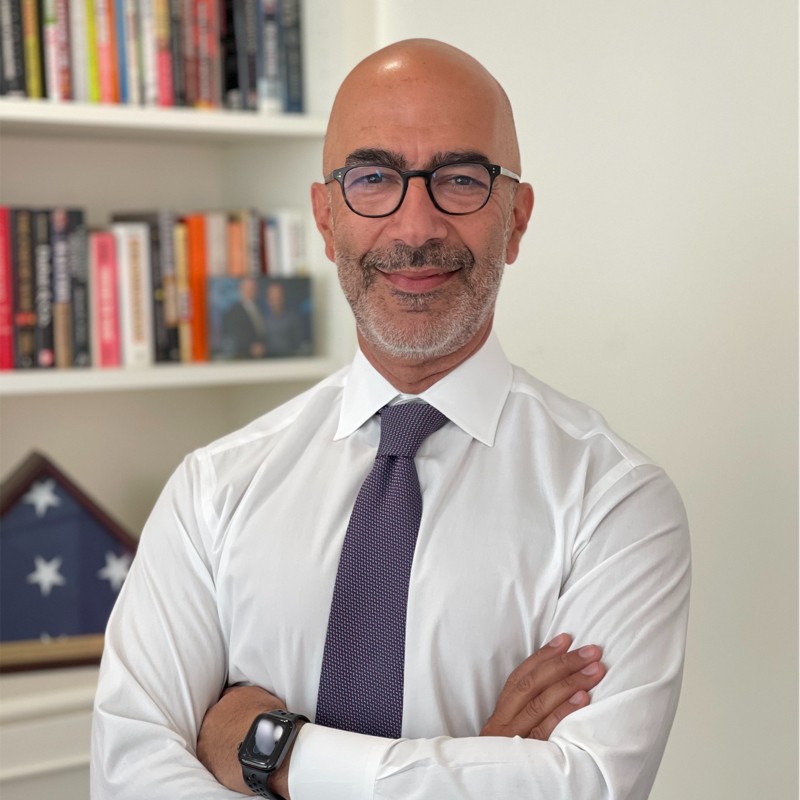
RadWaste Monitor Vol. 15 No. 10
Visit Archives | Return to Issue PDF
Visit Archives | Return to Issue PDF
RadWaste & Materials Monitor
Article 10 of 11
March 10, 2022
Bolt-On the Back End: 30 minutes with Sam Shakir, President, Westinghouse Environmental Services

If you ask Sam Shakir, president of Westinghouse’s environmental services division, nuclear waste shouldn’t be taboo for the nuclear industry.
“I think the nuclear industry has stayed away from the controversy of spent fuel because everyone’s interested…
Partner Content